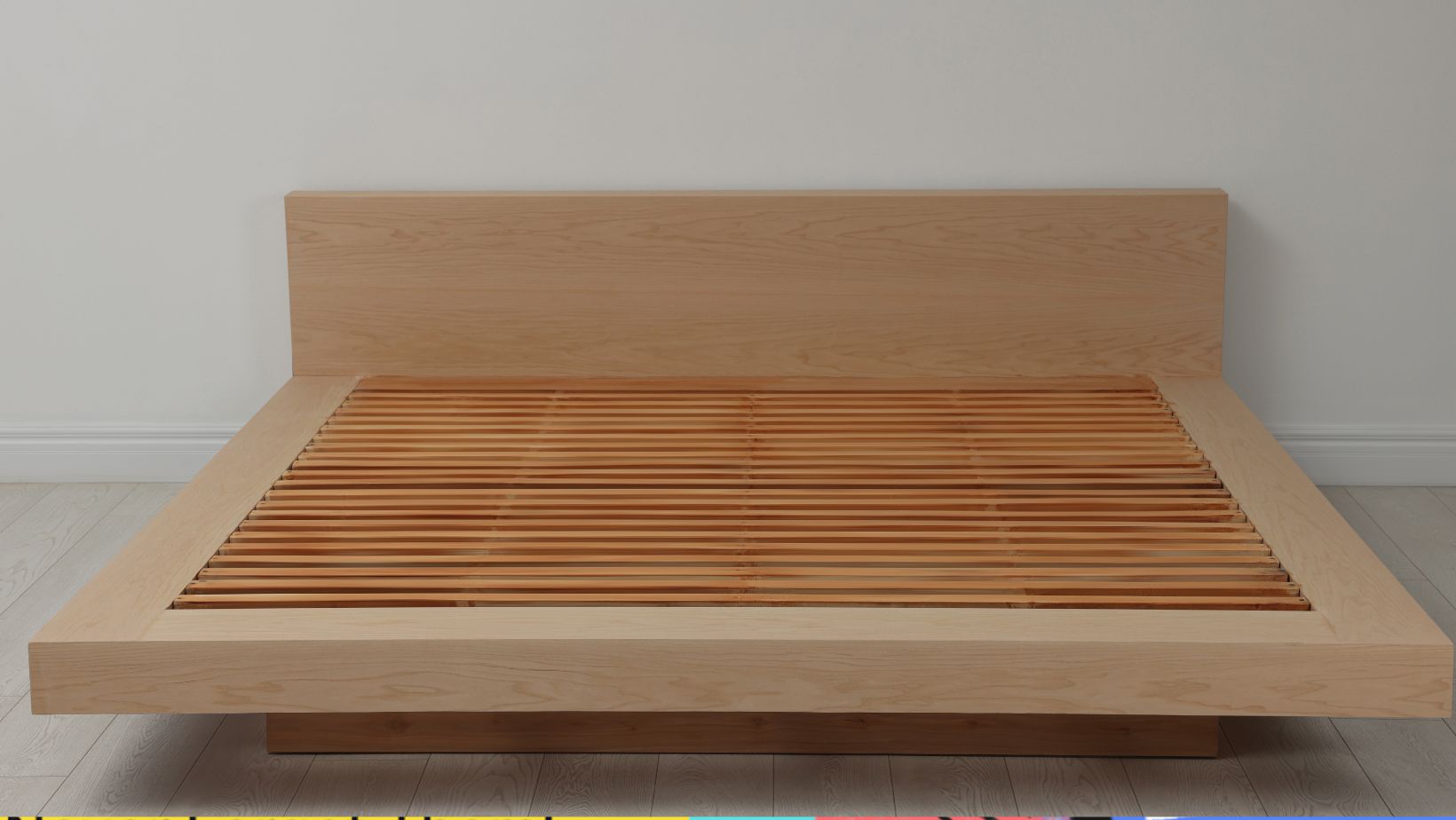Choosing between an ottoman bed frame and a traditional bed frame can transform your bedroom’s functionality and style. A well-designed ottoman bed lifts to reveal spacious storage underneath the mattress, while traditional bed frames offer a classic design with optional under-bed space.
The right choice depends on your storage needs, room size, and budget – ottoman beds excel in small spaces and typically cost more than traditional frames, while standard beds are more affordable and easier to move. Ottoman beds provide up to four times more storage space than traditional frames with drawers, making them perfect for urban living or master bedrooms that need extra organization.
The lifting mechanism in ottoman beds uses gas pistons for smooth operation, creating easy access to stored items without the need to reach under the bed or pull out drawers. Traditional bed frames maintain their appeal through simpler construction and time-tested designs that work in any bedroom setting.
Key Takeaways
- Ottoman beds maximize storage space with a lift-up mechanism while traditional frames offer simpler, cost-effective designs
- Gas-powered lifting systems make accessing stored items effortless in ottoman beds
- Room size and storage requirements are crucial factors in choosing between the two bed types
Unpacking the Basics of Ottoman and Traditional Bed Frames
Bed frames come in distinct designs that serve different purposes in the bedroom. Each type offers unique features that can match specific lifestyle needs and spatial requirements.
Key Features of Ottoman Beds
Ottoman beds feature a lift-up storage system powered by hydraulic pistons beneath the mattress base. The gas-lift mechanism allows easy access to a large storage compartment.

The storage space spans the entire bed base, making it ideal for storing seasonal items, bedding, and clothing. Most models can hold 25-35 cubic feet of storage.
The hydraulic system includes safety locks to prevent accidental closure. Steel mechanisms support weights up to 150 kg and maintain stability during operation.
Ottoman beds come in fabric, leather, or wood finishes. The bed base consists of solid slats that provide robust mattress support.
Defining Traditional Bed Frames
Traditional bed frames use a simple platform design with legs that elevate the sleeping surface. Wood and metal frames dominate the market, each offering distinct aesthetic qualities.
These frames typically include a slatted base system for mattress support. The space under the bed remains open, allowing for separate storage containers or leaving the area clear.
Standard frames accommodate various headboard styles, from classic wooden designs to modern upholstered options. Many models feature pre-drilled holes for easy headboard attachment.
Traditional frames often stand higher off the ground than ottoman beds, with heights ranging from 30-45 cm. This design provides natural airflow beneath the bed.
Lifestyle Considerations: Choosing the Right Bed for Your Needs
Your bedroom setup and daily routine play crucial roles in determining which bed type serves you best. Space management and practical functionality should guide your choice between traditional and ottoman beds.
Maximizing Bedroom Space and Storage
Ottoman beds excel in rooms where every square metre counts. The lift-up storage system offers up to 4 times more storage space than traditional beds with under-bed drawers.
Small bedrooms benefit most from ottoman designs, as they eliminate the need for extra dressers or wardrobes. The hidden storage compartment keeps seasonal items, extra bedding, and clothing organized without cluttering the room.
Space-saving benefits:
- Full mattress-sized storage area
- No external drawer clearance needed
- Vertical storage utilization
- Clean, minimalist appearance
Room dimensions matter when selecting an ottoman bed. Allow 30-40 cm of clearance around the bed for easy lifting access.
Evaluating Comfort, Convenience, and Longevity
Modern ottoman beds support all mattress types, including memory foam, hybrid, and latex options.

Quality models feature robust gas struts that make lifting effortless, even with heavier mattresses.
Key durability factors:
- Metal or wooden slat construction
- Gas strut quality
- Weight capacity rating
- Frame material strength
Daily access requirements deserve consideration. Ottoman beds work best for items accessed weekly or monthly rather than daily necessities.
The lifting mechanism requires more effort than pulling out traditional drawers. People with mobility issues might prefer standard storage beds with side drawers.
Most ottoman beds come with clear assembly instructions and typically need two people for setup. Premium models often include customization options for fabric, leather, and base styles.
Conclusion
Both ottoman beds and traditional bed frames serve distinct purposes for different lifestyles. Ottoman beds excel in storage capabilities and space optimization, making them ideal for smaller homes or those needing extra storage space.
Traditional bed frames remain a reliable choice for sleepers who prioritize simplicity and easy mobility. The decision between the two depends on individual storage needs, room size, and budget considerations.
Each bed type offers unique advantages – ottoman beds integrate clever storage solutions, while traditional frames provide classic appeal and straightforward functionality. The right choice comes down to matching these features with one’s specific bedroom requirements and living situation.
